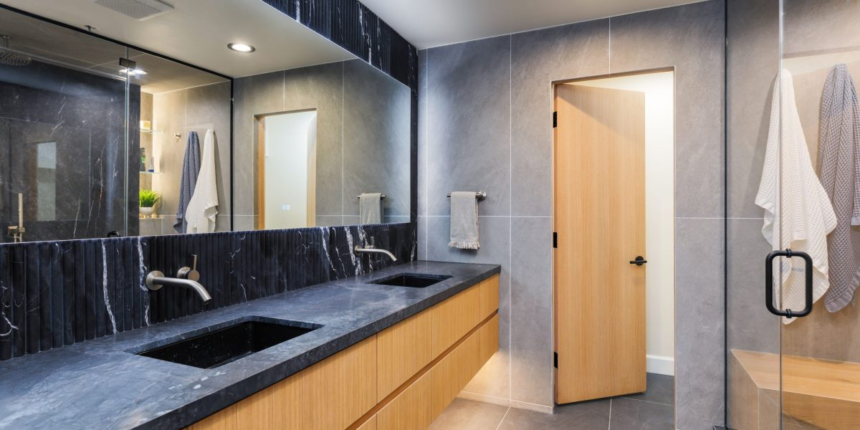This staying-in-place phenomenon is caused by four main factors, Liz Young, founder and CEO of Realm, told Fortune. The first is current homeowners don’t want to sell their properties and re-enter a housing market that has mortgage rates much higher than the sub-3% rates of the pandemic era. Second, there is very high home equity in the U.S. Many homeowners tap into this home equity through a home equity line of credit (HELOC) for home renovations. This is also an appealing option because even if the home renovations are expensive, they’re being financed through a HELOC at more manageable monthly payments.
Next is that we have an aging U.S. population who are staying in their homes for longer, and finally, new zoning rules have made it easier for homeowners to add on to their current homes or even build accessory dwelling units (ADUs) for family members or for use as a rental property.
“If you live in an area where the price per square foot to purchase a home is high, you could almost always add space and significantly increase your home value in doing so,” Young said. “There’s just no incentive right now for a consumer to leave their home and disrupt that low [mortgage] rate.”
Young said they’re seeing homeowners approach adding space to a home in three ways: adding to their primary residence, building ADUs, and converting unused space to make it functional. This would include additions such as an extra bathroom or bedroom or converting a garage, a shed, or basement for livable space for a family member or a tenant.
Because renovations can be disruptive, Young said homeowners are also prioritizing getting multiple renovation projects done at once.
“If you’ve ever gone through a renovation, the reality is they are disruptive,” Young said. “Because people could tap into home equity to fund these projects, we’re really seeing them do multiple things at the same time.”
Kitchen renovations are one of the most popular choices among homeowners, Young said, as well as larger-scale outdoor projects.
“With the pandemic, people got used to entertaining and hanging out outside. This is just an extension of our living area,” she said. “We’re seeing people look to have a fluid indoor-outdoor living setup where you’re able to transition seamlessly from entertaining or hanging out inside as well as outside.” This could include projects like hardscaping, outdoor kitchens, pools, and poolhouses. Outdoor living rooms are also popular.
The trends in home renovations also ultimately show how the American dream has changed.
“The big thing that we’ve seen change is this idea of buying your dream home out of the gate,” Young said. “If I rewind the clock 15 years ago, people had these big ambitions or dreams of like, ‘Oh, I’m going to buy this amazing house and it’s going to be perfect.’ And for millennials—myself included—that’s just not the reality. There’s not enough housing inventory.”









